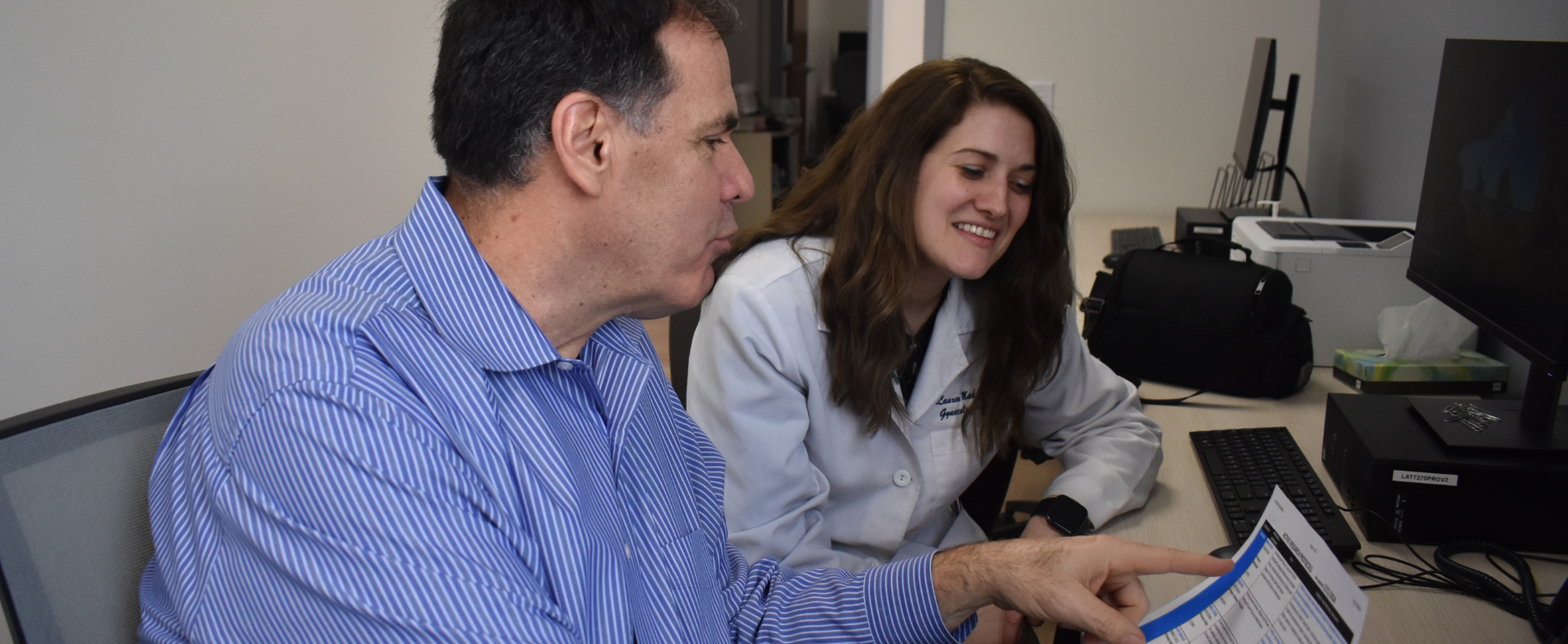Endometrial Cancer
Uterine and endometrial cancers are sometimes broadly defined as “uterine cancer,” but in fact they have different features. The uterus is the female organ where a fetus grows, and cancer can start in the inner lining (the endometrium) or in the muscle layer of the uterus (the myometrium). Endometrial cancers are the most common of the uterine cancers and often are the most curable.
Uterine malignancies are in a group known as gynecological cancers. Wilmot Cancer Institute offers comprehensive, advanced patient care for uterine and endometrial cancer as part of our Gynecological Oncology Program. Our investigators also conduct research at the Targeted Therapeutics Laboratory for Gynecological Cancers at Wilmot.
Wilmot’s physicians have received additional specialty training in gynecological cancers, which means they are not just specialists in cancer but in gynecological cancers. All gynecological cancer surgeries are performed at UR Medicine’s Highland Hospital in Rochester.
Uterine cancer types
Uterine sarcomas: These start in the muscle layer and connective tissues and includes uterine leiomyosarcoma and endometrial stromal sarcomas.
Endometrial carcinoma: These can be divided into several different types and subtypes including adenocarcinoma, carcinosarcoma, and squamous cell carcinoma. The most common type of adenocarcinoma is endometrioid cancer.
Uterine cancer facts
More than 60,000 new cases of cancer in the uterus are diagnosed annually in the U.S. Only about 8 percent of these are uterine sarcomas. Postmenopausal women are much more likely to get uterine cancer.
Causes and risk factors
Anything that affects female hormone levels is a potential risk factor for endometrial or uterine cancer. Risk factors include:
- Taking estrogen therapy after menopause
- Obesity, because fat tissue can cause increased estrogen levels
- Polycystic ovarian syndrome (PCOS), a condition that also results in higher estrogen levels
- Diabetes, which is more common in people who are overweight. However, women who are of normal weight with diabetes still have an increased risk of uterine cancer
- Older age
- Family history, due to an inherited condition called Lynch syndrome, which also raises the risk of colon cancer and other cancers. Women with Lynch syndrome have a 40 percent to 60 percent risk of developing endometrial cancer at some point in their lives
- Having a personal history of breast or ovarian cancer, or an ovarian granulosa cell tumor
- Endometrial hyperplasia, which is a thickening of the uterine lining. Some types of hyperplasia, if not treated, increased the risk of developing into cancer more than others
- Taking tamoxifen to treat breast cancer
Prevention
Some risk factors for endometrial cancer are within a woman’s control and others are not, such as having an inherited disorder like Lynch syndrome. To prevent the disease, doctors recommend:
- Maintaining a healthy weight and being physically active
- Reporting abnormal bleeding right away
- Discussing the pros and cons of hormonal treatments and avoiding them if possible
- Getting proper treatment for precancerous disorders such as endometrial hyperplasia

